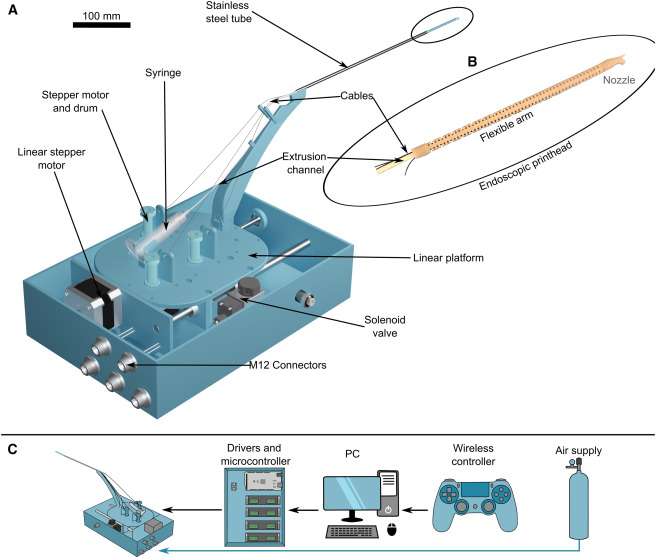
Date:2024-07-31 17:37:30
According to the website of The New York Times on July 26th, China's progress in artificial intelligence is accelerating and narrowing the gap with the United States.
At the World Artificial Intelligence (AI) Conference held in Shanghai this month, Qu Dongqi, the founder of a startup company, showcased a video he recently posted online. The video shows old photos of a woman and two toddlers learning to walk. Then, the photo seemed to come to life, with the woman holding the children in her arms and the children laughing in surprise.
The video was produced with the artificial intelligence technology of the Chinese Internet company Kwai. This technology reminds people of a video generation model called Sora launched by the Open Artificial Intelligence Research Institute (OpenAI) in the United States. But unlike Sora, Kwai's technology is open to the public.
My American friends still don't need Sora, "Qu Dongqi said," but we already have a better solution
Although the United States is leading in the development of artificial intelligence, China is catching up. Recently, several Chinese companies have launched artificial intelligence technologies that are comparable to leading systems in the United States.
Chinese companies are more willing to release their technology to consumers and even share underlying software code with other enterprises and software developers. This type of sharing of computer code is called open source, allowing others to use the same technology to build and publish their own products faster.
Open source has always been the cornerstone of the development of computer software, the Internet and now artificial intelligence. The concept of open source is that if computer code is available for anyone to view, use, and improve for free, technology will progress faster.
As artificial intelligence technology continues to develop in the coming years, China's efforts may have a huge impact. At the end of 2022, OpenAI launched the ChatGPT (Chat Generative Pre trained Transformer), ushering in a wave of artificial intelligence. At that time, it was difficult for Chinese companies to compete with technologies launched by American companies such as OpenAI and Google. But China's progress is accelerating.
Recently, the startup company Zero One Thing, co founded by Li Kaifu, an investor and technology expert who helped Microsoft create a Chinese company, released chatbot technology. In the universal benchmark test for evaluating the performance of global chatbots, the score of this technology is almost equivalent to that of leading technology in the United States.
A new technology from Chinese tech giant Alibaba has also jumped to the top of the list of open-source artificial intelligence systems. We have overturned the common belief that China does not have the talent or technology to compete with the United States, "said Li Kaifu.
In an interview, more than a dozen technical experts and researchers from a Chinese technology company stated that open source technology is a key reason for the rapid development of artificial intelligence in China. They believe that open-source artificial intelligence is an opportunity for China to gain a leading position.
Many people in the Chinese technology industry believe that if US regulatory agencies stifle the development of open source projects in the US (as some lawmakers are discussing), China may gain significant advantages. If the best open-source technology comes from China, American developers may eventually build their systems based on Chinese technology.
Open source artificial intelligence is the foundation of the development of artificial intelligence, "said Clement Delang, CEO of machine learning application tool company Huggies. The United States has established a leading position in the field of artificial intelligence through cooperation between enterprises and researchers, and" it seems that China can do the same thing.
Recently, a team from Stanford University in the United States released the Llama 3-V, claiming that its performance is superior to other leading models. But a Chinese researcher quickly noticed that the model was based on an open-source system originally established in China.
Delang said that if regulatory agencies restrict open source projects in the United States and China's open source technology becomes the gold standard, such things may become the norm.





